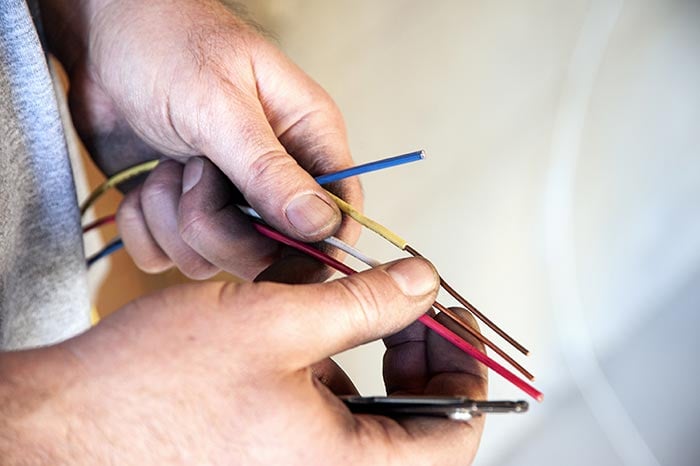Hi this is my first attempt on building a solar power system. I started off learning with 12v and recently changed to 24v and my head is all tangled up. Just looking for simple directions or formula when it comes to buying parts.
Im putting the battery/inverter and solar charger in a tool box so Im not expecting cables longer than 2 feet.
My battery is a 100ah DIY 8s 24v and I'll be using a1500w 12v/24v/48v capable inverter and building for 24v use with 12v backward compatibility in case shit hits the fan and I have to break down the 24v to 12v. I might actually make another build with 12v.
This set up is intended for back up power when the grid goes down powering mini fridge, tv lights and on occasion, microwave/rice cooker.
I was thinking of using 4gauge on everything just to make it simple and cheaper for myself, would that work? (considering 1AWG will be needed for battery terminal cable for 12v)
For fuses what is slo-blo fuses for?
fuse@battery 80a/150a
@Solar charger not sure what to do here. fuse/breaker and will it be 15a/30a?
8s 24v BMS: should I be looking for BMS amp rating that matches the inverter? Same port/separate port?
Overkill is on backorder.
Not sure where I can find one that can be delivered quick
Im open to suggestions and short answers. Anything is better than nothing cuz building has become more stressful than I expected.
Thx
Im putting the battery/inverter and solar charger in a tool box so Im not expecting cables longer than 2 feet.
My battery is a 100ah DIY 8s 24v and I'll be using a1500w 12v/24v/48v capable inverter and building for 24v use with 12v backward compatibility in case shit hits the fan and I have to break down the 24v to 12v. I might actually make another build with 12v.
This set up is intended for back up power when the grid goes down powering mini fridge, tv lights and on occasion, microwave/rice cooker.
I was thinking of using 4gauge on everything just to make it simple and cheaper for myself, would that work? (considering 1AWG will be needed for battery terminal cable for 12v)
For fuses what is slo-blo fuses for?
fuse@battery 80a/150a
@Solar charger not sure what to do here. fuse/breaker and will it be 15a/30a?
8s 24v BMS: should I be looking for BMS amp rating that matches the inverter? Same port/separate port?
Overkill is on backorder.
Not sure where I can find one that can be delivered quick
Im open to suggestions and short answers. Anything is better than nothing cuz building has become more stressful than I expected.
Thx




